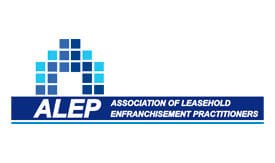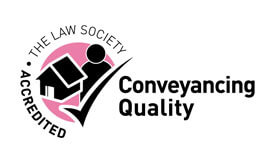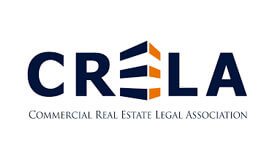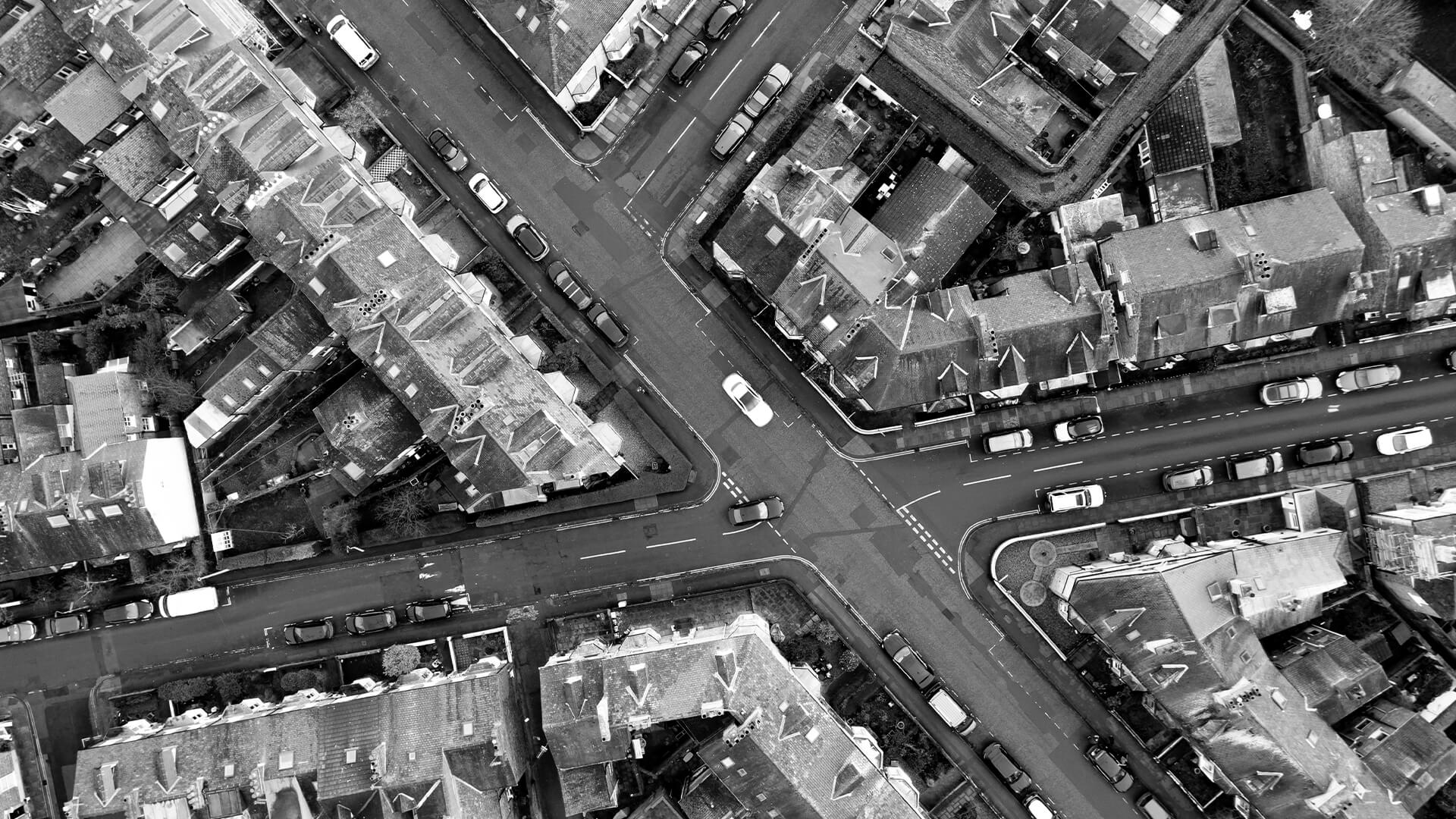A bridging loan is a short-term property backed finance, it is used as a stop gap until you either find a long-term loan or sell the property. The loan is usually offered for a term of 1 – 18 months and is then repayable at the end of the prescribed period. The application process is also much less time consuming than other loans, typically taking between 5-14 days to complete. On the face of it a bridging loan looks like an exciting opportunity, however, as with any money issue be careful and think about the pros and cons.
Pros of bridging loans
- Fast money – bridging loans are often completed within 5-14 days.
- No monthly repayments – if you need cash now but will have the assets to sell and repay the loan in the future the bridging loan will be a good option.
- Low interest rates – due to the popularity of bridging loans the market is competitive and interest rates are low.
- Mortgage not available – for the purchase of properties that are ineligible for a mortgage (e.g. uninhabitable properties) the bridging loan may be the only option.
Cons of bridging loans
- Expensive – rates for bridging loans may be low, however, they are still higher than the traditional mortgage. If you are ineligible for a mortgage it may be very expensive to purchase the property.
- Short term – bridging loans are short term fast cash. If at the end of the period you cannot repay the loan through your chosen method of repayment you could face serious problems and even repossession proceedings.
Look at the total cost of the loan
This does not just mean the interest rates; many companies charge very large hidden fees including exit fees and fund management fees. When you are shopping around always ask for a breakdown of the costs you will be expected to pay. Don’t just chase the lowest interest rate. Many companies will have low interest rate to entice the loan seekers but then you will end up paying more in hidden fees.
Check approximately 3 providers for a full cost breakdown. Then you can compare the true cost of each of the loans to decide which is really the best deal.
Think about your repayment method
At the end of the term you need to be in a position to repay the loan in full, including all interest and fees. If you plan on selling property to repay the loan make sure the term of the loan is long enough that you are not forced to make a quick sale for a low price.













